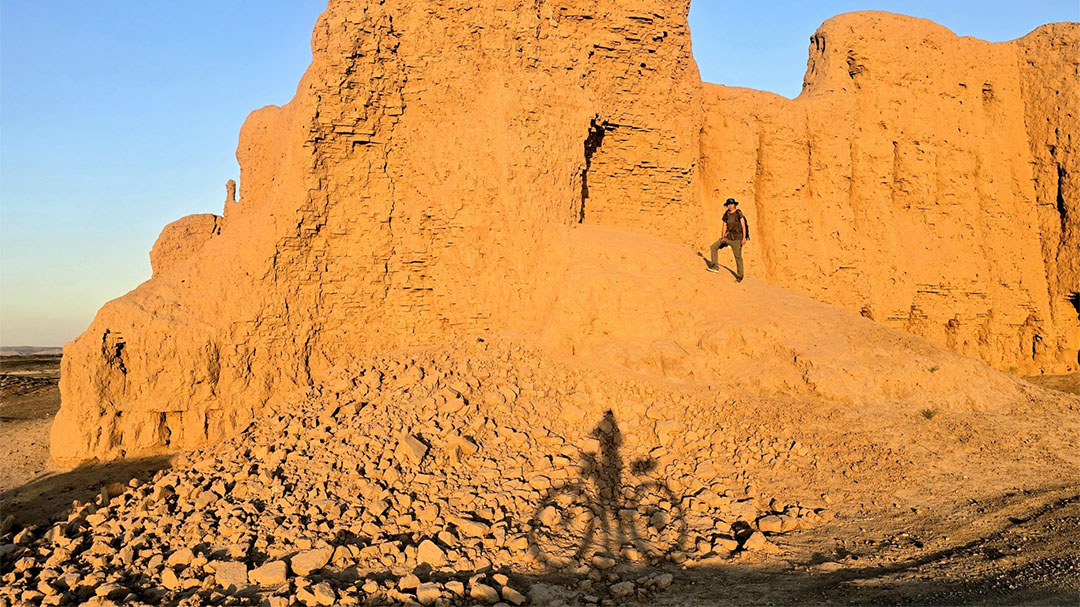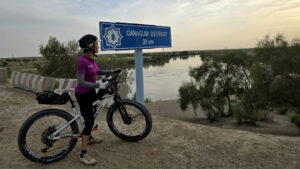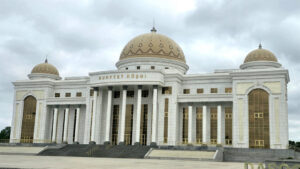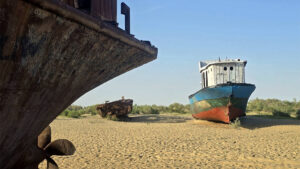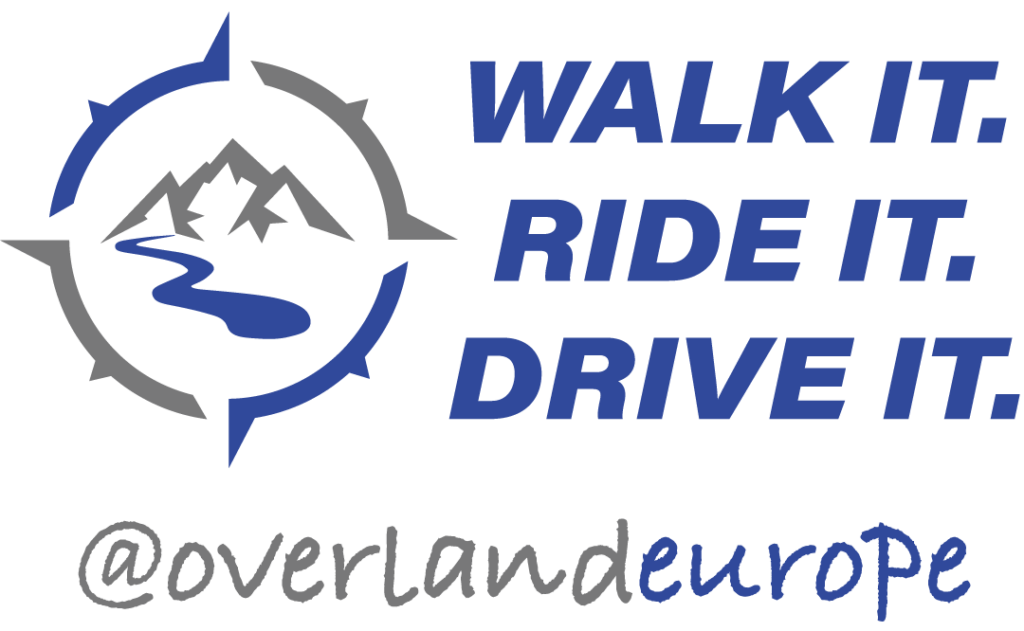8th – 15th May | Nukus to Urgench | Distance: 196km | Total Distance: 3051km
Nukus was a two day pit stop where we changed filmmakers – Anna Plocinska arrived from Switzerland for a month-long stint and Georgia left for the UK. It was important that they had time to connect and hand over the filmmaking duties to ensure continuity in shooting the production. I had a busy time to turn everything around and prepare for the next leg. I thank all who looked after us at the very comfortable Jipek Joli Hotel.
While the last few weeks were focused on the catastrophe of the vanishing Aral Sea, I was looking to feature some more positive and innovative stories during the next section as I followed the Amu Darya into the Khorezm region – the historical delta of the once great river.
In Nukus we paid a fascinating visit to the Nukus Fish Farm, an intergenerational family initiative run by Kallibek Primbetov. While Kallibek explained that the profitable side of the venture was breeding African catfish to sell to Russian buyers, voluntary commitment was to save the shovel-nosed sturgeon, a rare and endangered species endemic to the Amu Darya. The are precious few left in the wild due to habitat loss and poaching and Kallibek’s people are the only ones licensed to catch them in the wild for the purpose of breeding them to reintroduce to the Amu Darya’s silty waters. They currently only had seven fish swimming in their tanks, organised into sizes, but he hoped to get those numbers up to 40 or 50 in the near future.
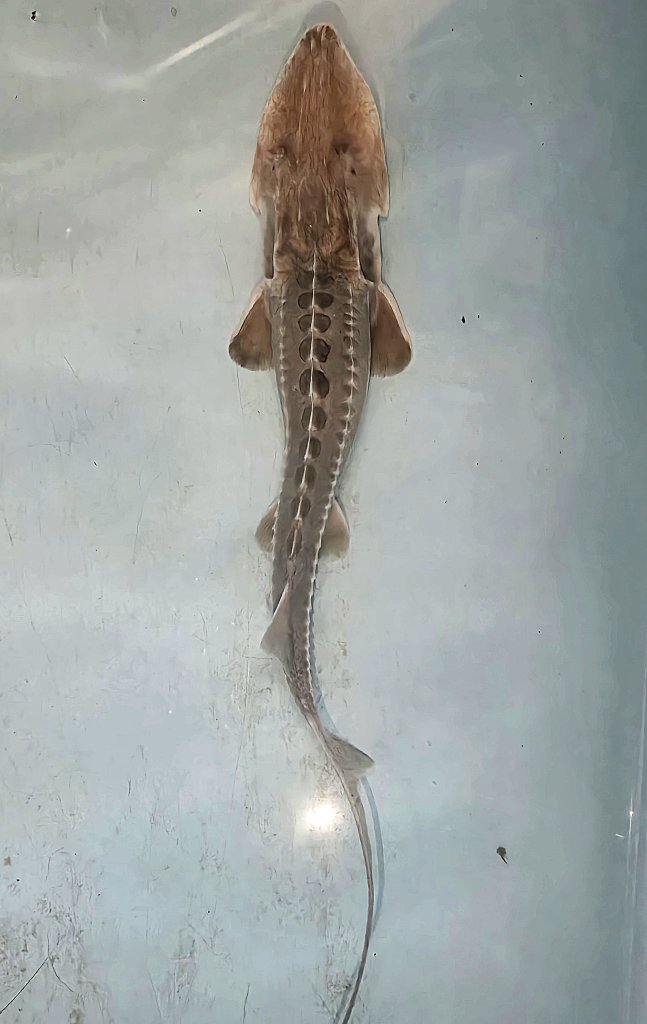
The shovel-nosed sturgeon is a weird looking fish, totally blind; the need for eyesight is obsolete in the murky waters. Instead, the fish have adapted highly sensitive “shovel-shaped” noses and a long wispy tail as a rudder.
We then visited Mizdarkhan just out of Nukus near the Turkmenistan border. Founded in the 4th century BC, Mizdarkhan was once the second-largest city in Khorezm after Konye Urgench. It is a UNESCO World Heritage Site. Excavations are revealing three cities that have been built one on top of the other over the centuries. It is geographically important because it was near to the only crossing point of the enormous Amu Darya in the region.
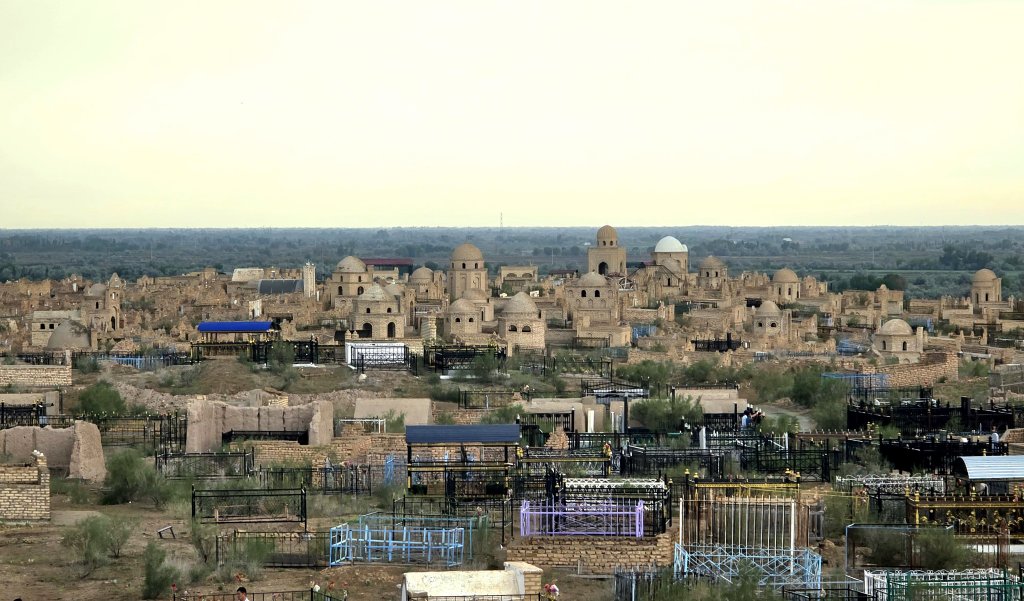
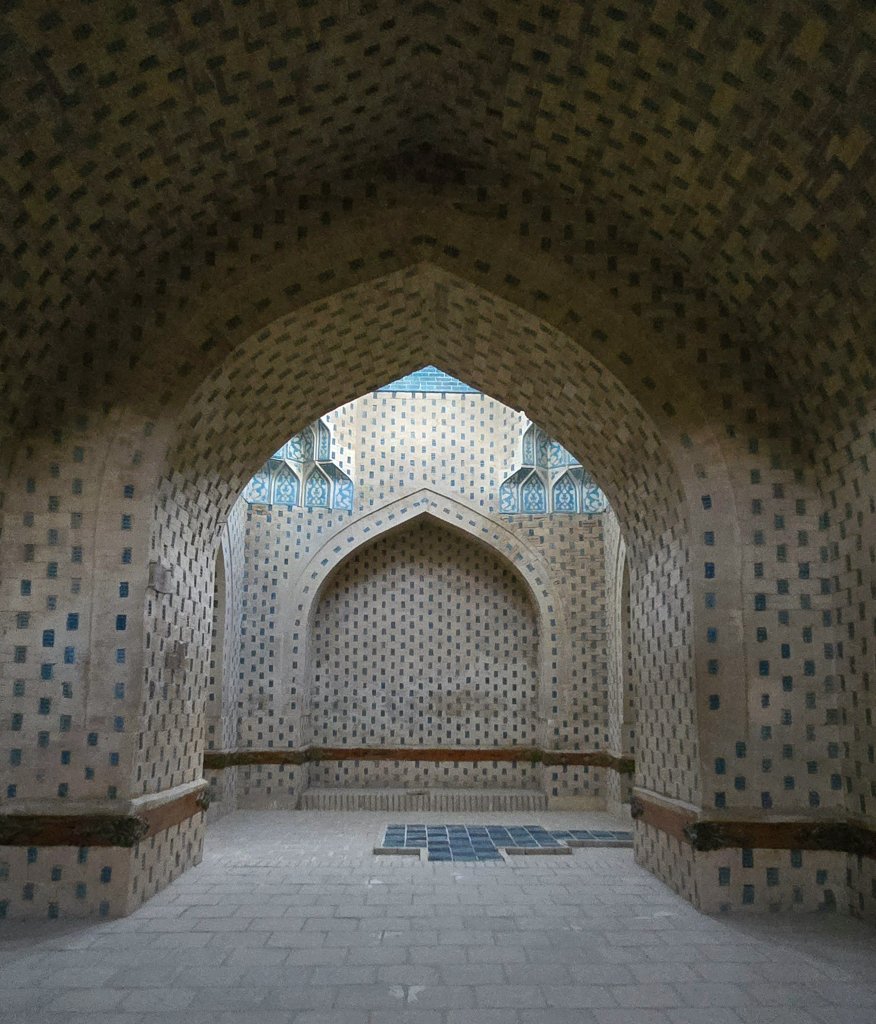
Day 47 | Nukus to Karatau: 93km
With the new team, Anna and driver, Niyetbai, I pedalled through the leafy streets of Nukus and out along the highway. The route traversed the desert initially although never too far from the wide, green floodplain of the Amu Darya. The river and its fertile hinterland has attracted communities and new cultures for millennia and the region is studded with intriguing ruins of fortresses and castles that date back to at least 2500 years.
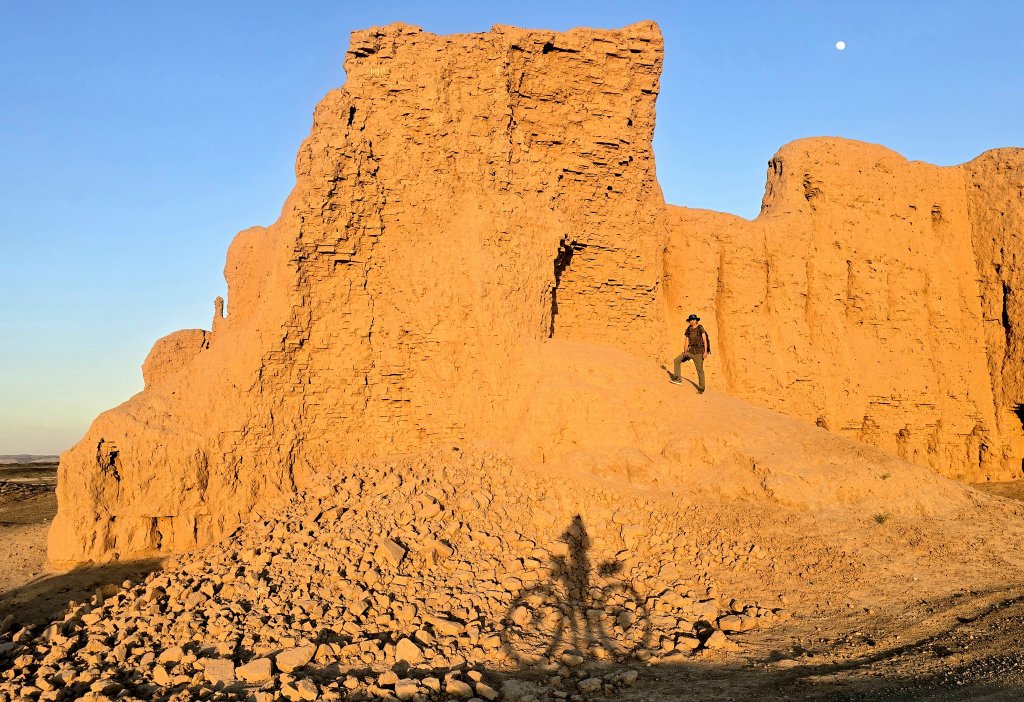
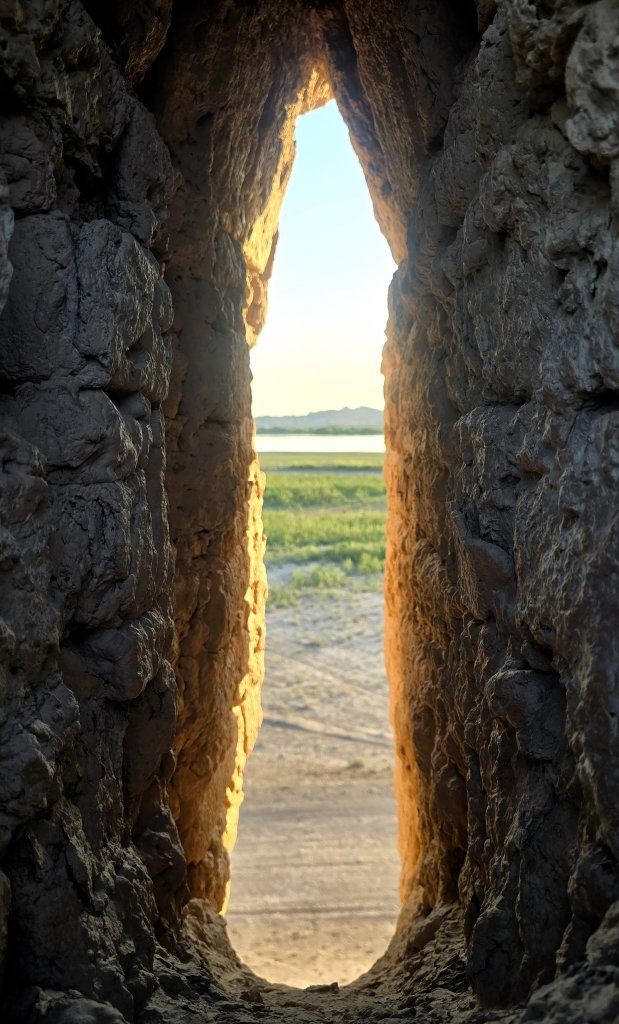
Karatau was not on the tourist route – there were quarries and various industries all around the town. The Soviets even built a very unattractive concrete building beside the stunning 2500 year old kala! In the dusty streets of Karatau we meta group of women who were making bread the traditional local way – a flat round of dough pressed against the inner wall of a ceramic oven fired by tamarisk tree branches. Nyitbai found a family in the village willing to host us for the evening, which gave great insight into the local culture.
Day 48 | Karatau to Biybazar: 52km
The days were starting to warm up again, the 10th May topped out at about 35C. The main highway was busy with trucks, very hot and poorly surfaced and so diverting off it to visit the Lower Amu Darya State Nature Reserve was a relief – and very interesting. The site is a UNESCO Man and the Biosphere Reserve, one of the largest areas of natural Tugai left in Central Asia, and a unique and threatened ecosystem.
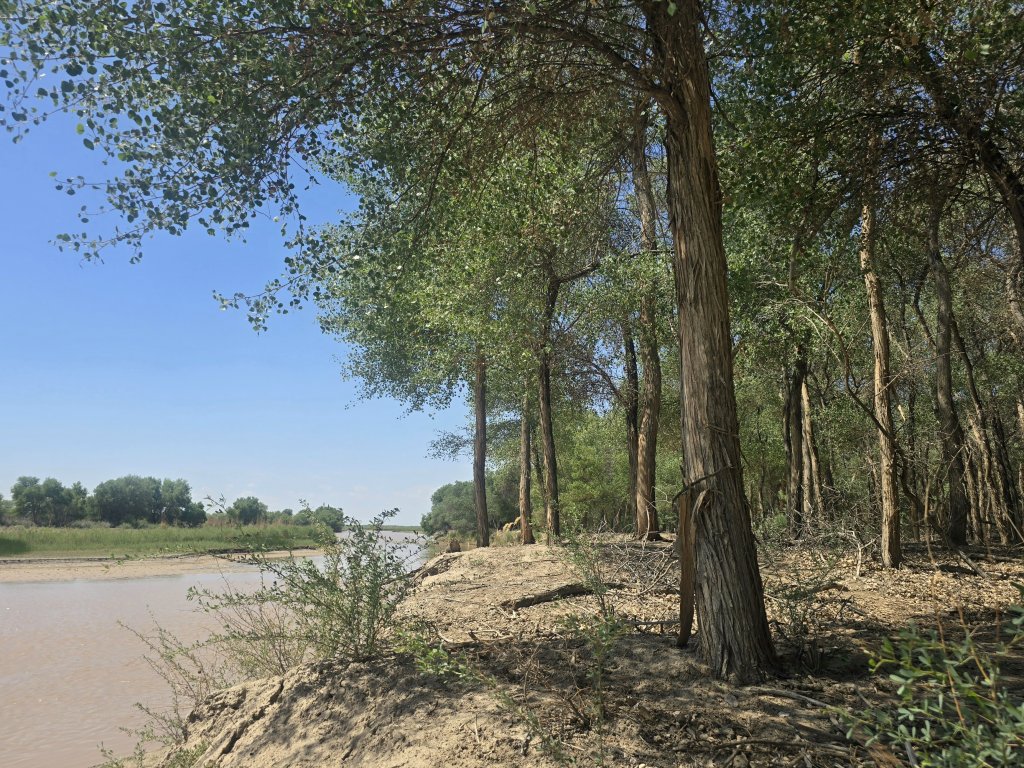
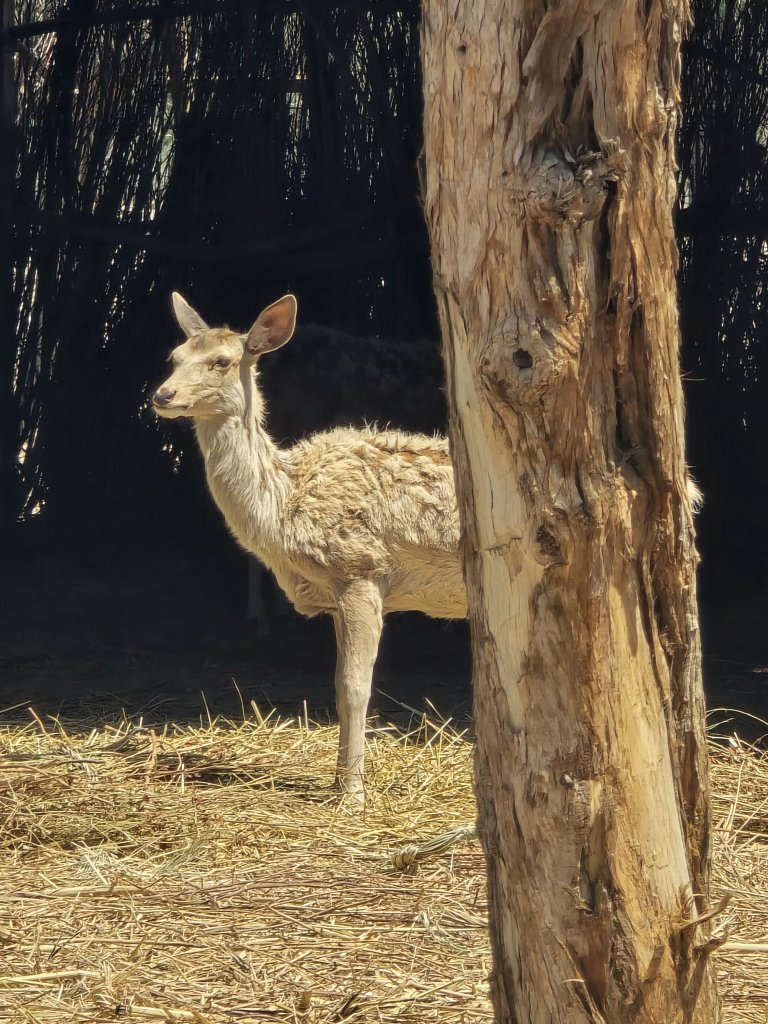
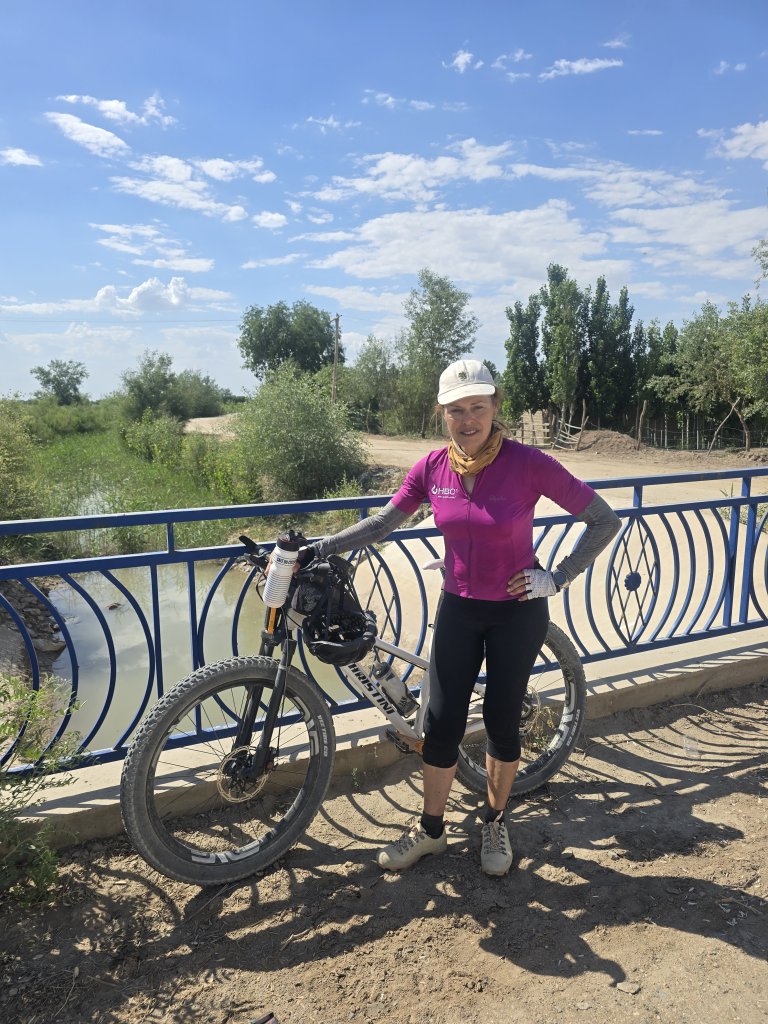
Kilometre 51 was a huge milestone for me. Not only was it the 3000th of the journey, it represented my 100,000th kilometre of bicycle journeys. I stopped pedalling there for the day as I wanted to divert to see some more of the renowned Kalas of Khorezm.
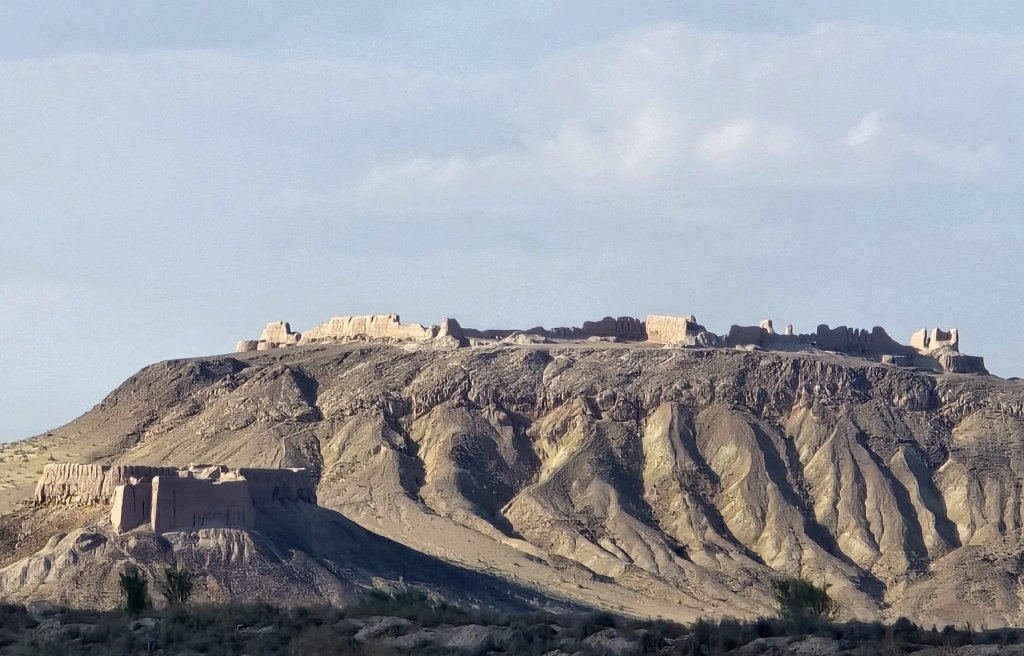
Day 49 | Biybazar to Urgench – 51km
Resuming from my 100,000th kilometre I pedalled another half day in 39C to reach the city of Urgench where we had been invited to stay with Elena Kan, an environmental educator and activist and founder of her Kiva Centre NGO, whom I had connected with months before the journey. It was Elena who made all of my connections in Nukus and the Urgench region. In Urgench she set up several visits to learn about the innovative work some leading farmers were doing to reduce water consumption.
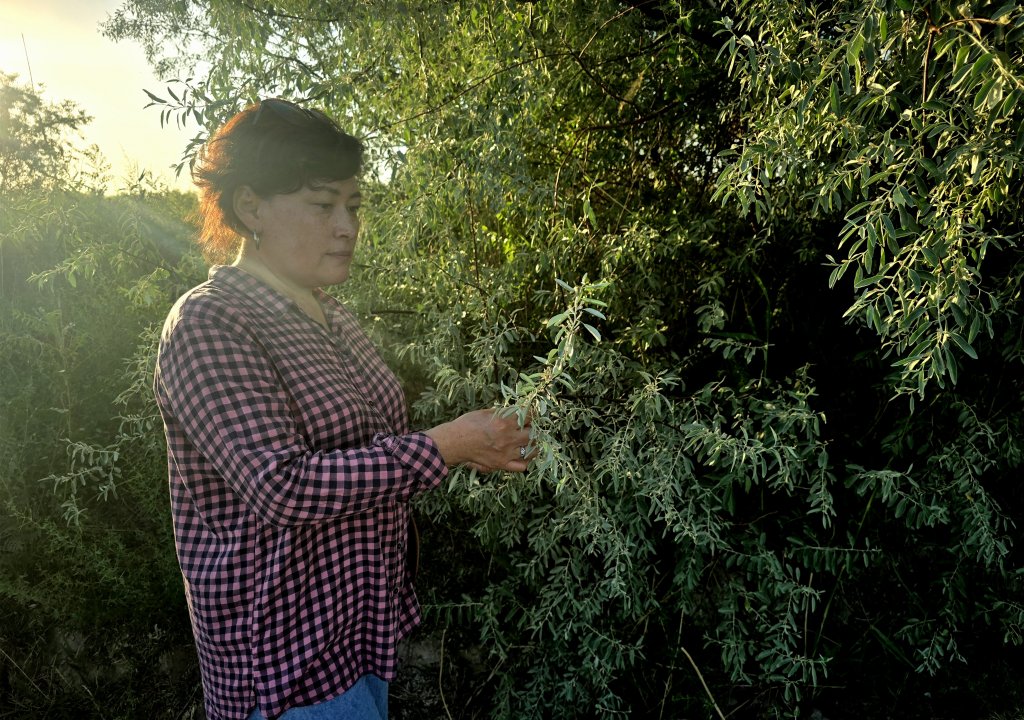
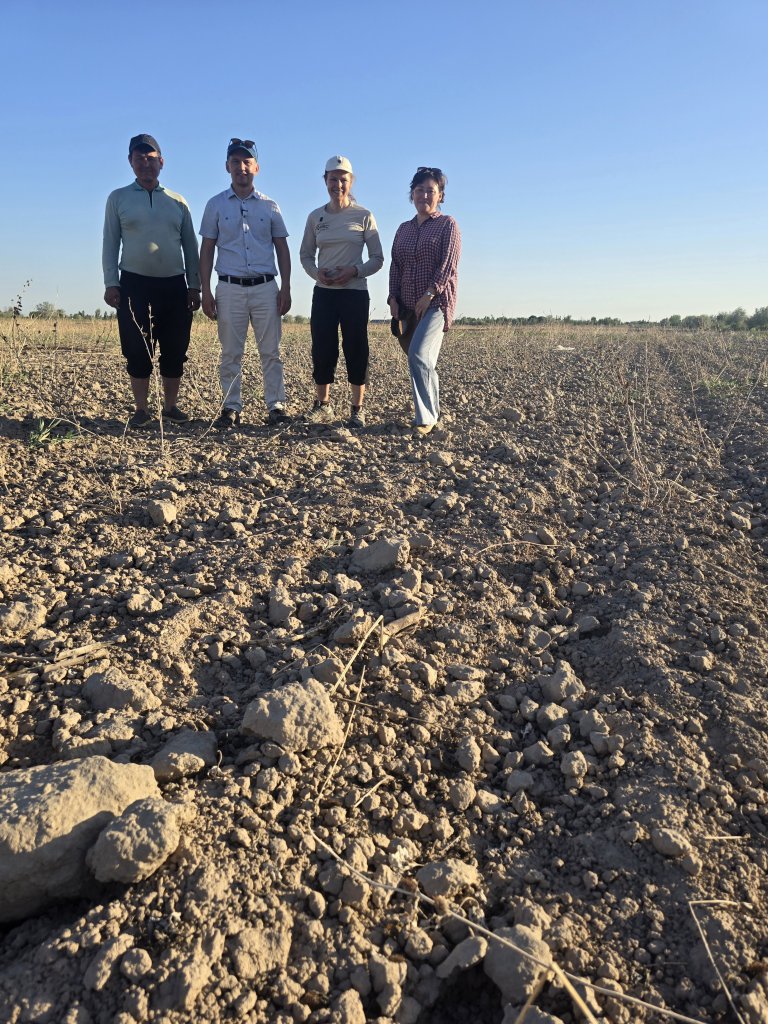
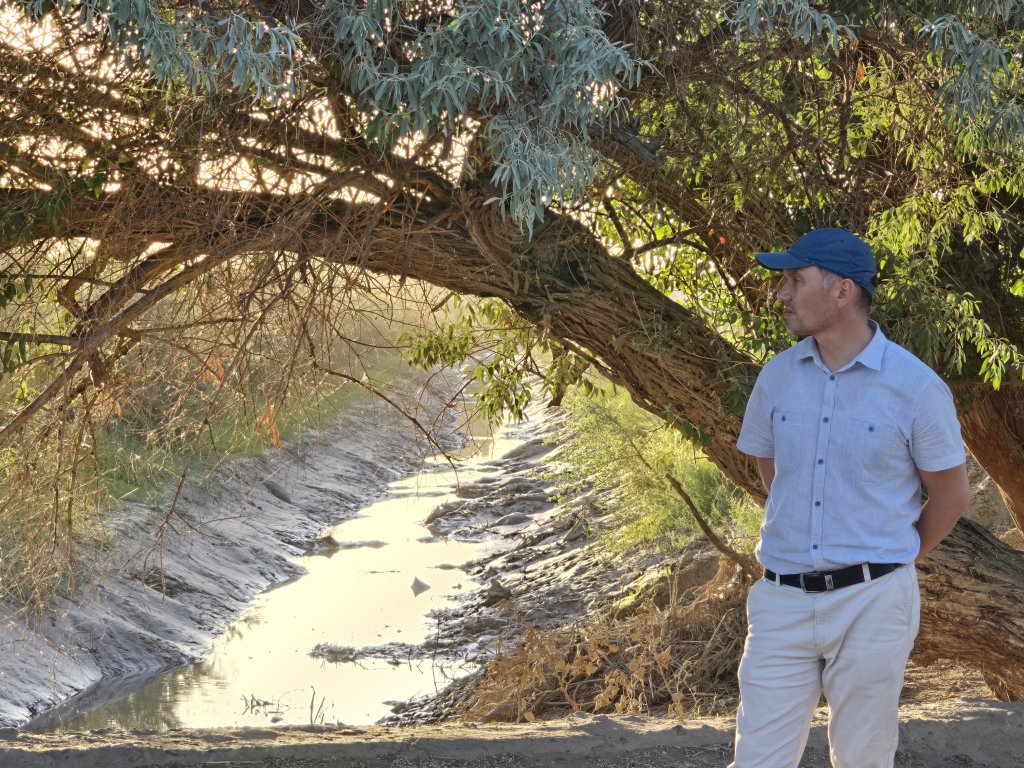
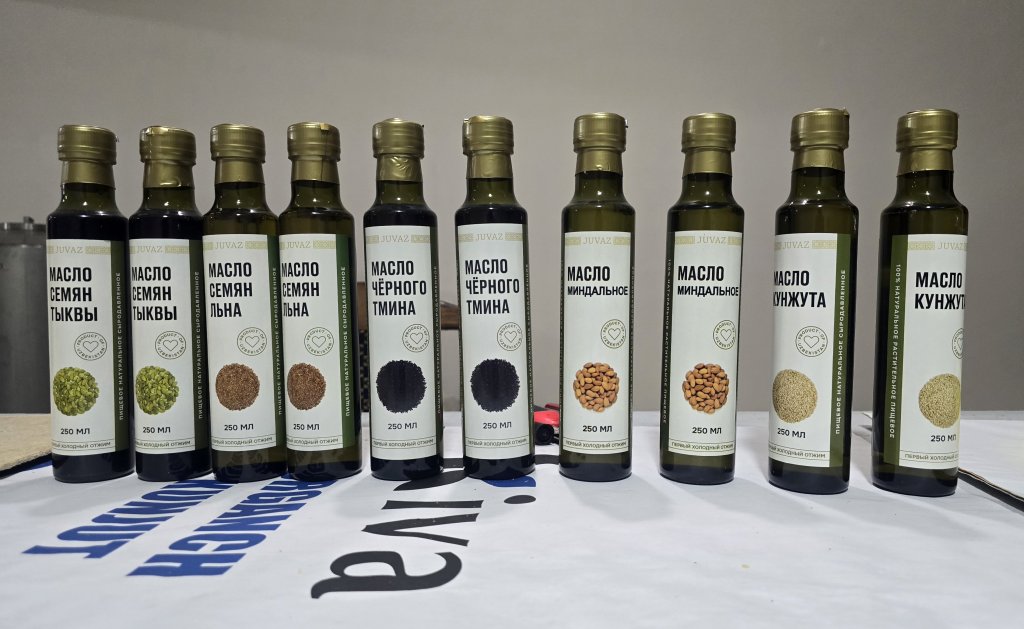
Drip Irrigation is another innovation that has been developed by a different farmer called Ruslan. He too has spent years using science, trial and error, and much investment to successful introduce drip irrigation as a water saving means for growing cotton.

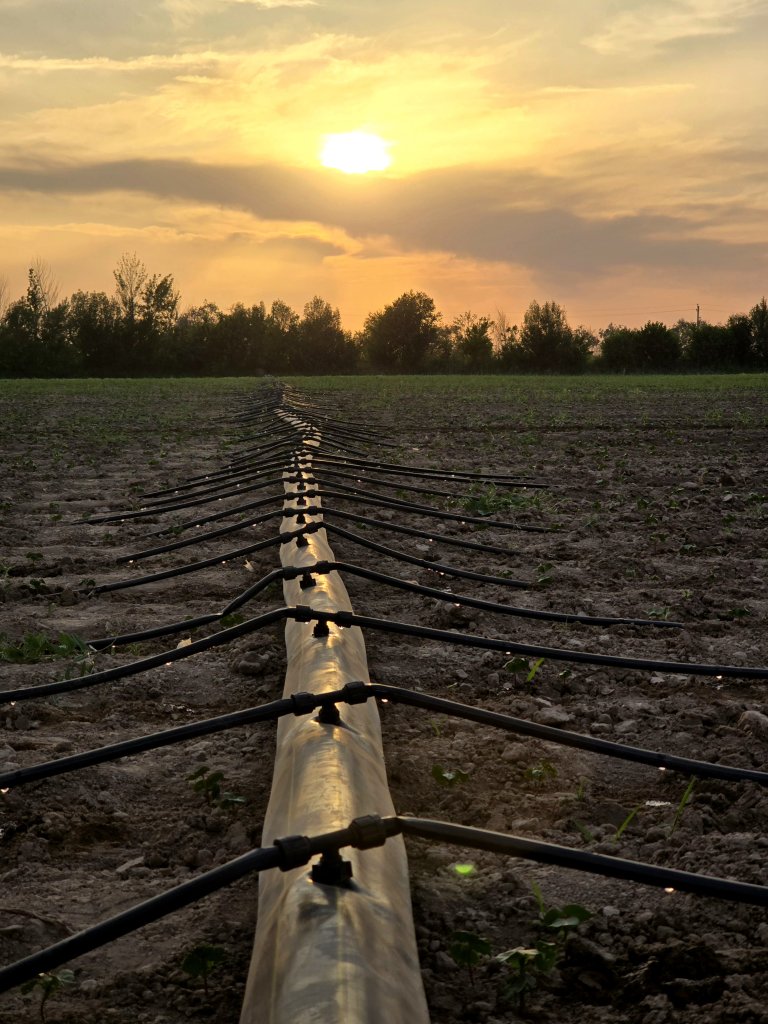
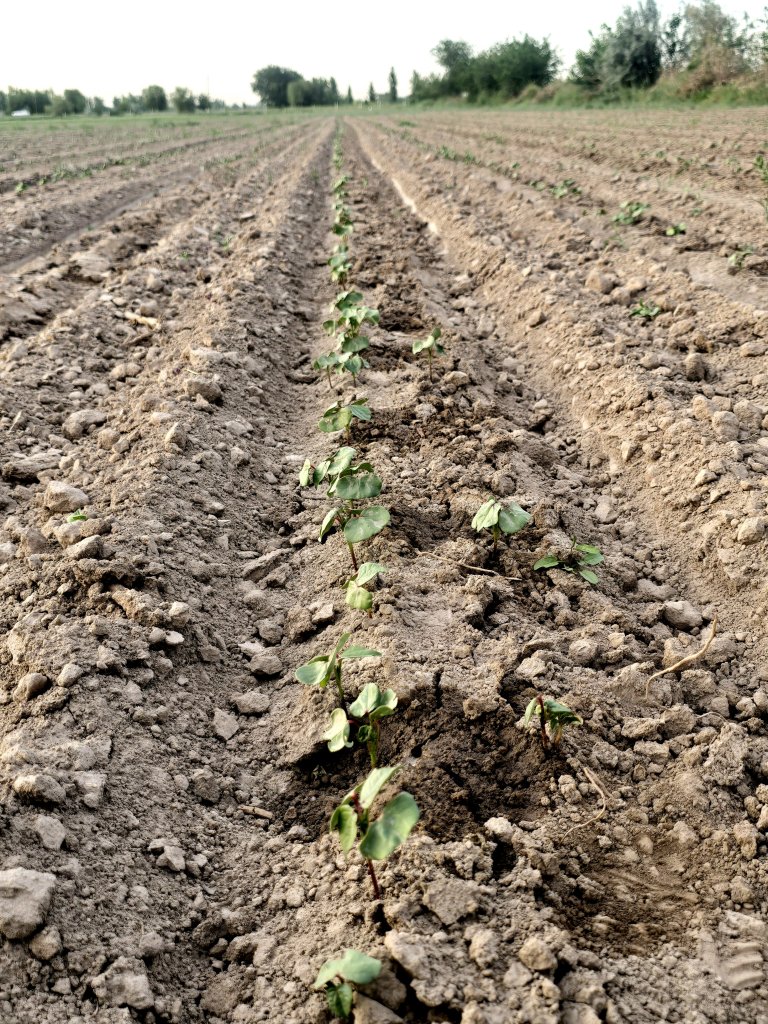
My stay in Urgench concluded with a visit to the World Heritage City of Khiva, just 30km away. It is 2am and I am completely out of time to write about the visit in detail. I must leave early in the morning to cycle to the Turkmenistan border to beat the extreme heat (the last few days have been up to 43C, tomorrow will be 36C). Turkmenistan is the world’s second most secretive country after North Korea. Communications are going to be very limited over the next 16 days, until 2nd June, so I just wanted to publish this blog. I hope I can get some messages out, but at least you can follow my tracking map.
In the meantime, here are a few images from Khiva…I hope to write more when I can:
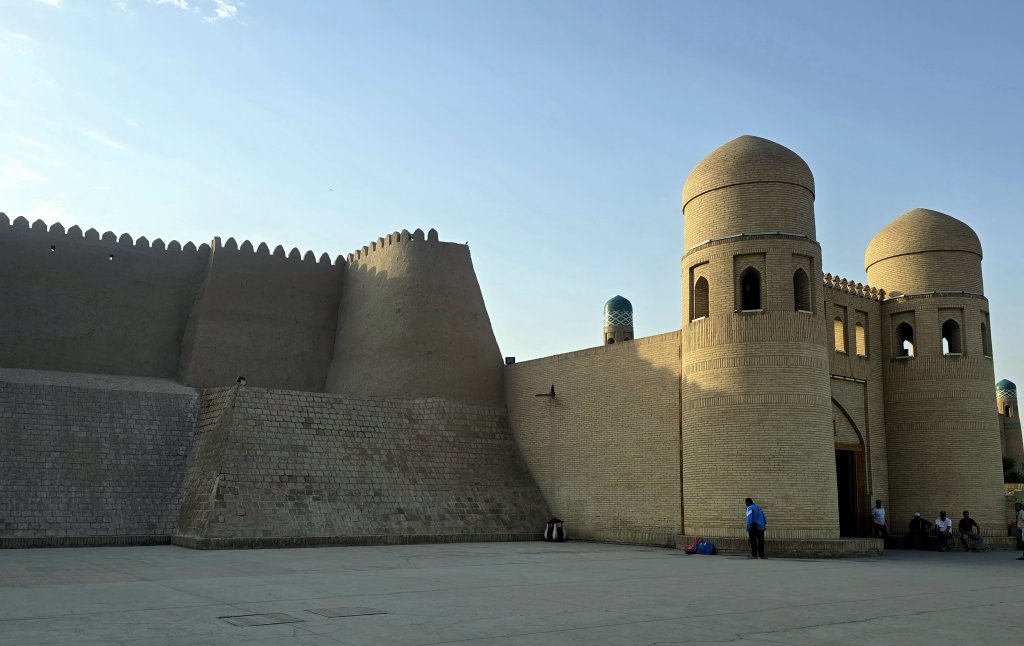
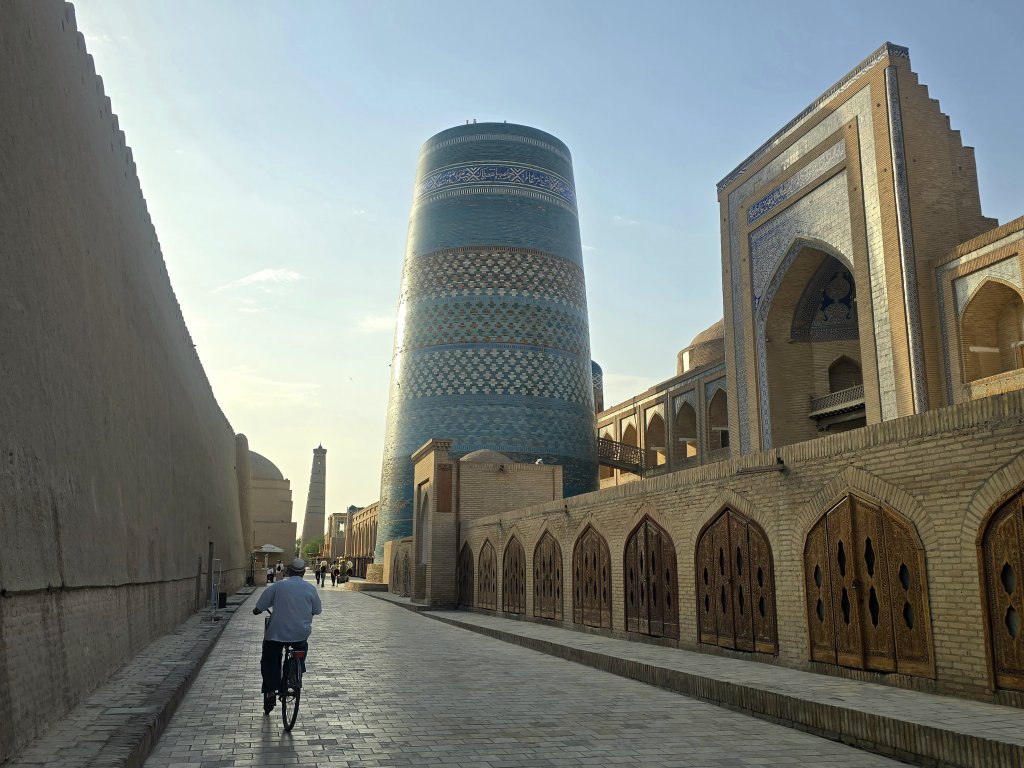
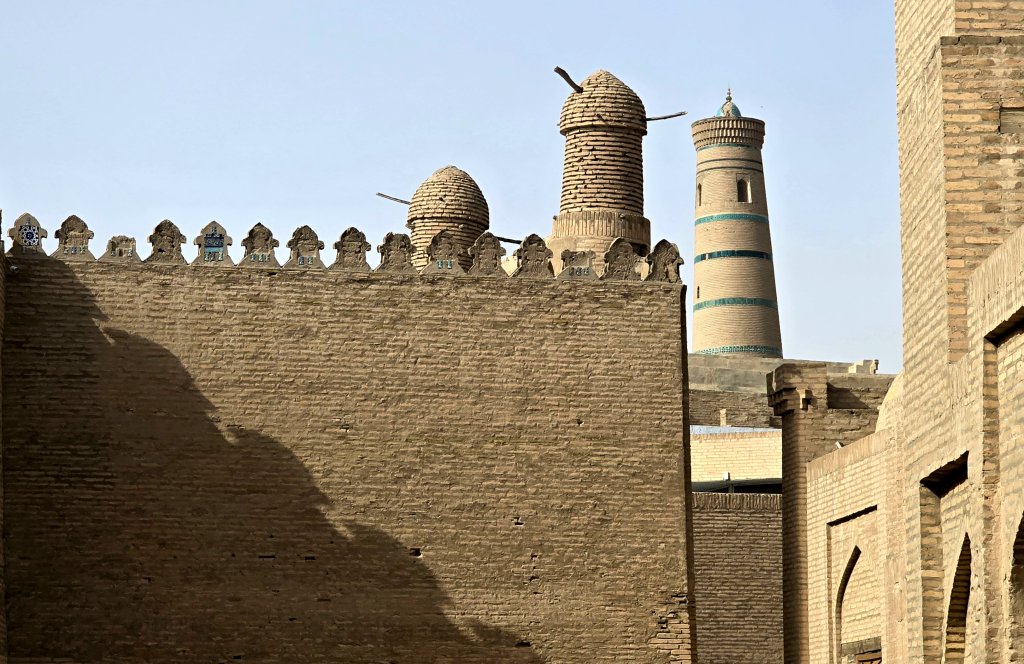
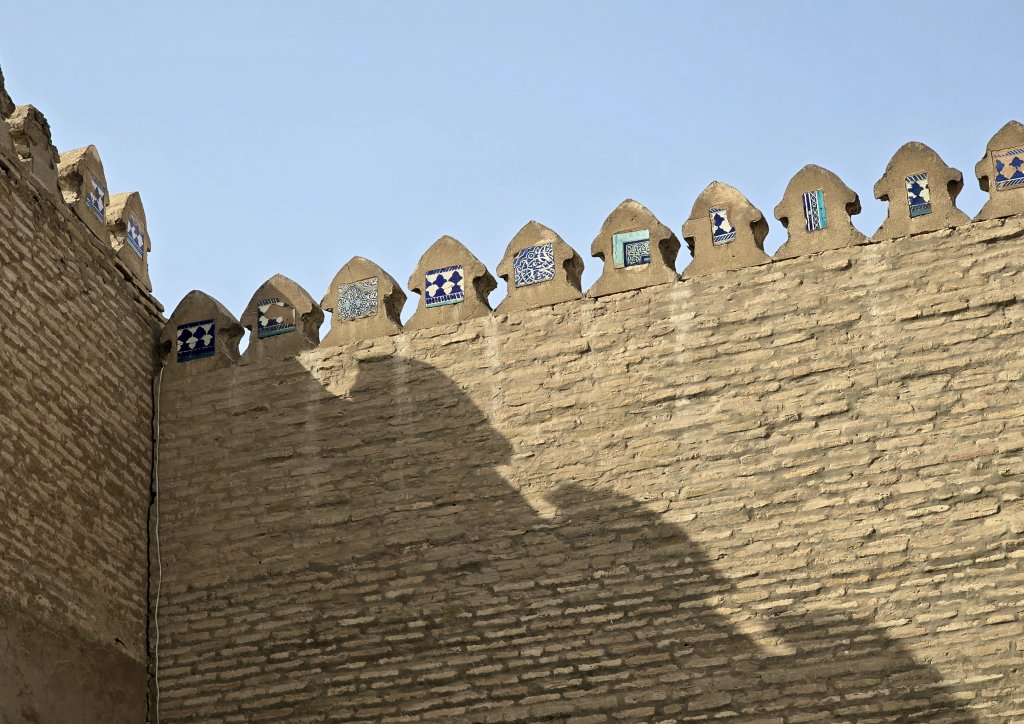
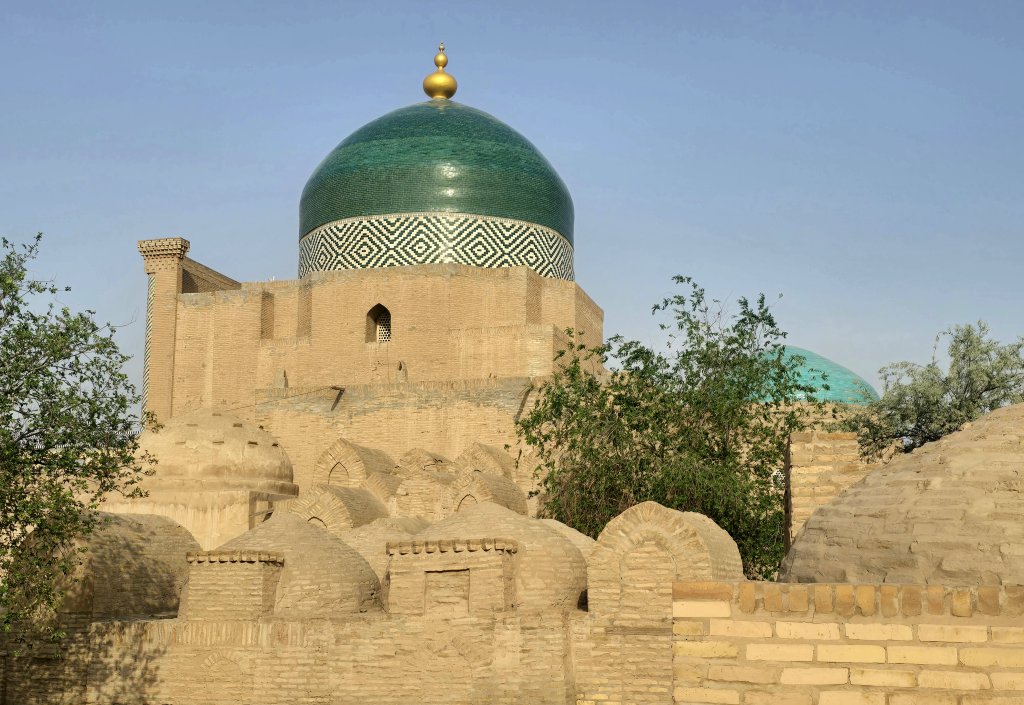
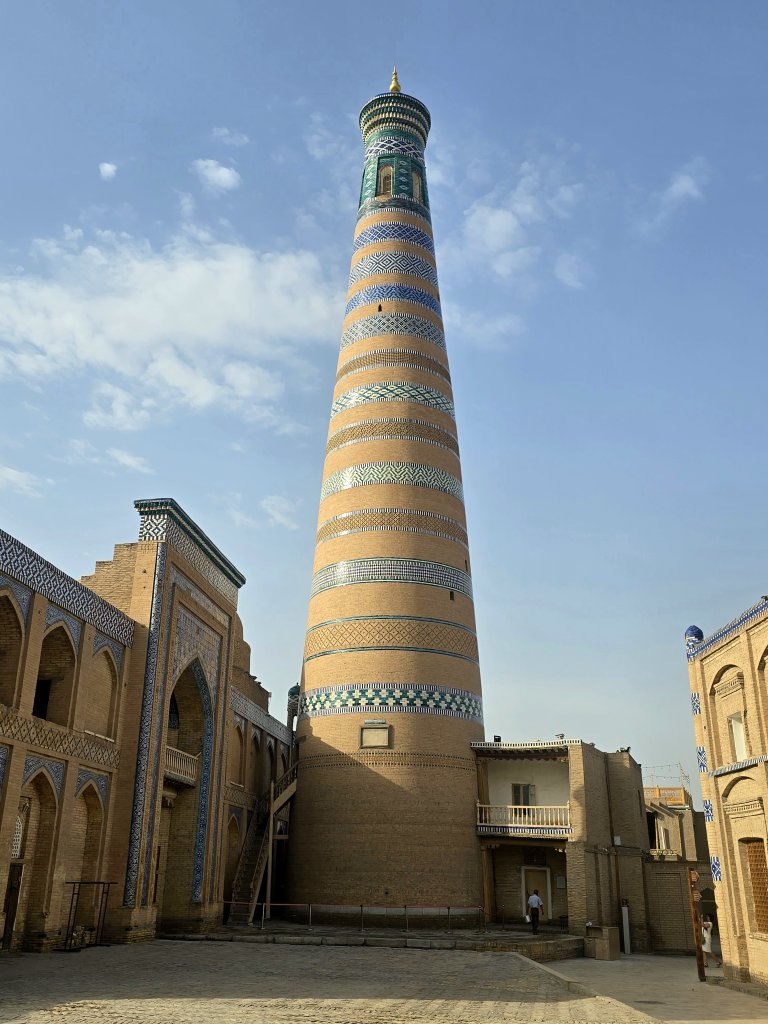
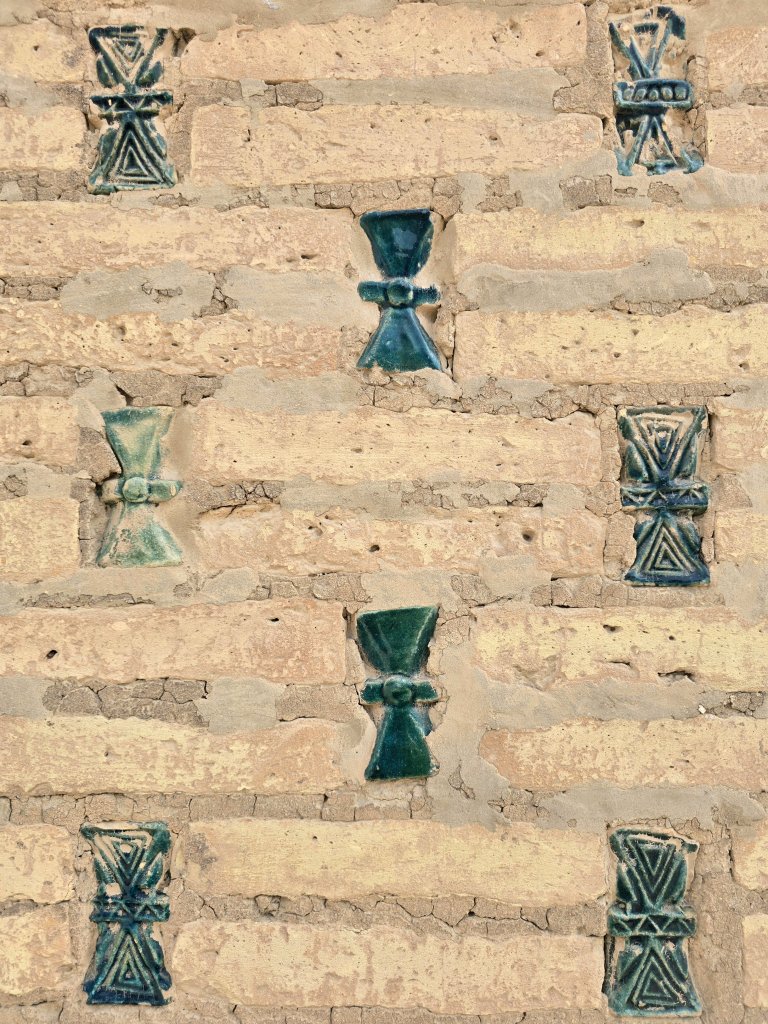
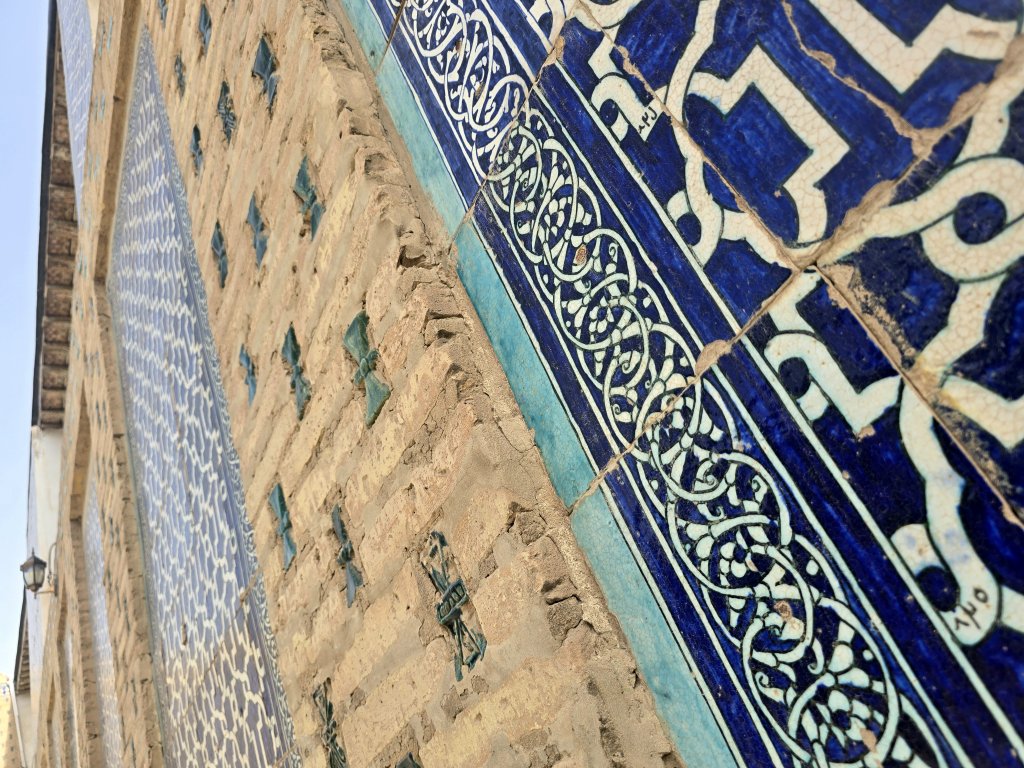
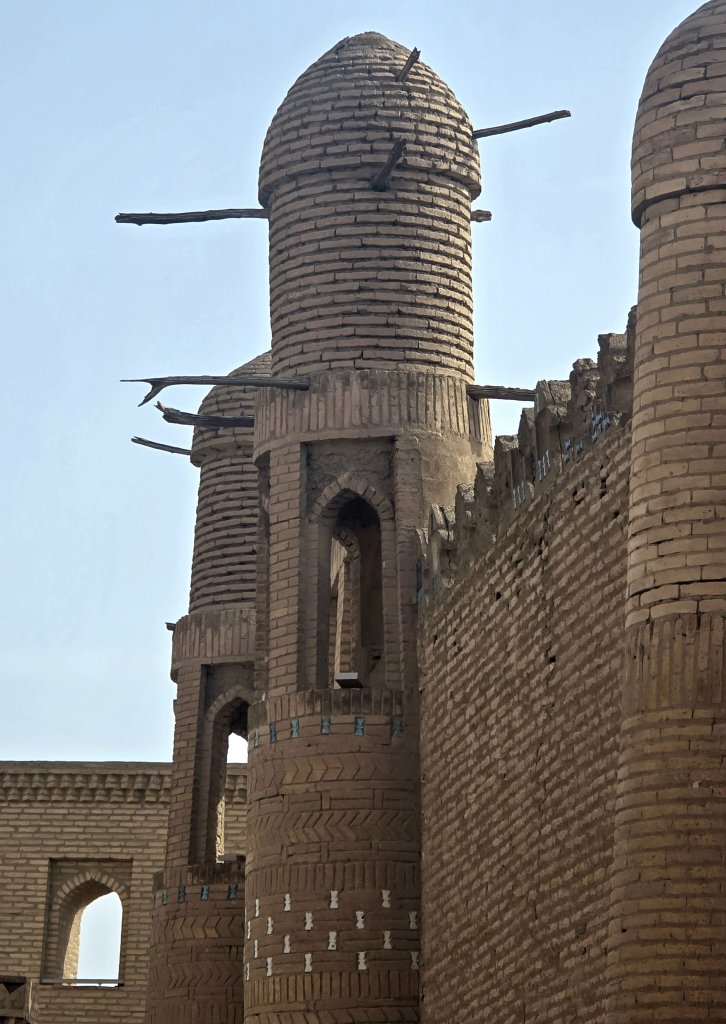
FOLLOW THE JOURNEY
Thanks to ZeroeSixZero, you can open this link on your phone and select “add to home screen” and the map will become and app. You can then keep updated in real time.
TAKE ACTION
Support my Water.org fundraiser to help bring safe drinking water and sanitation to the world: Just $5 (USD) provides someone with safe drinking water or access to sanitation, and every $5 donated to my fundraiser will enter the donor into the Breaking the Cycle Prize Draw.
EDUCATION
An education programme in partnership with Exploring by the Seat of Your Pants, with contributions from The Royal Geographical Society and The Duke of Edinburgh’s International Award Australia. We have created a Story Map resource to anchor the programme where presentations and updates will be added as we go.



